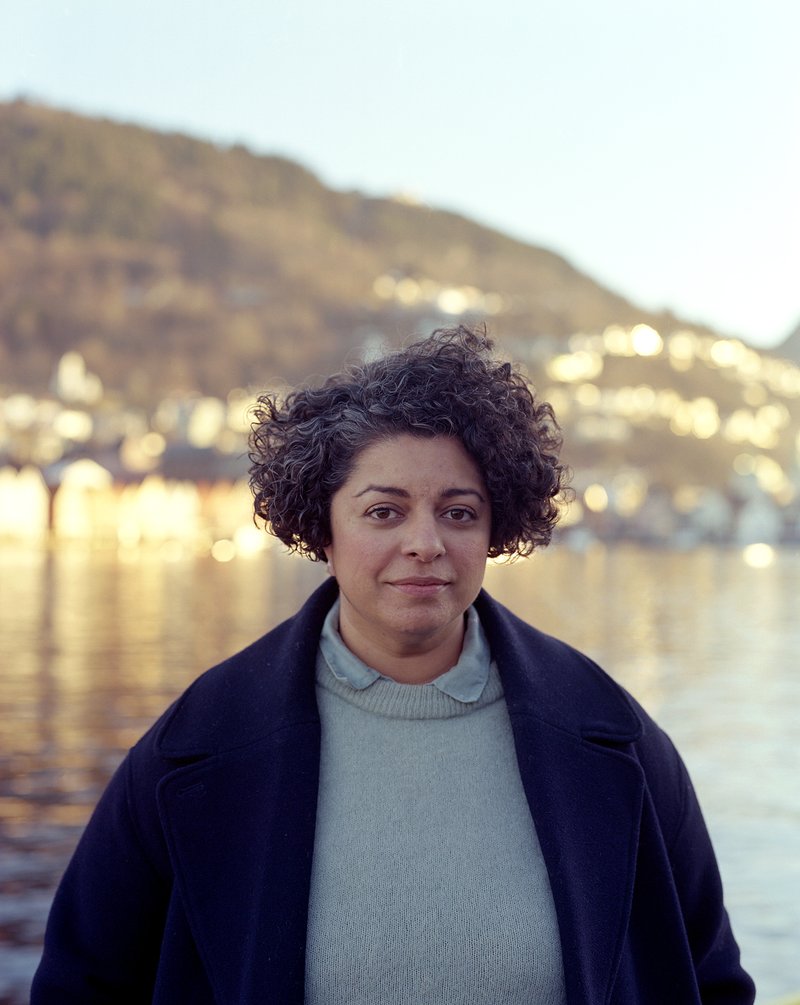Daniela Ramos

In 2022, 41 contemporary art curators, researchers, and museum directors from 24 different countries were awarded to attend the CIMAM 2022 Annual Conference. The CIMAM 2022 Annual Conference, titled "The Attentive Museum. Permeable Practices for a Common Ground", was held in Mallorca (Balearic Islands), Spain on 11–13 November, hosted by Es Baluard Museu d'Art Contemporani de Palma.
Daniela Ramos' Conference Report
The title of this year’s conference The Attentive Museum, Permeable Practices for a Common Ground was what triggered my curiosity to apply for a grant to assist this year’s conference in Palma de Mallorca.
The title suggested openness and willingness to discuss and review practices. It proposed to be attentive, permeable, and porous in order to find a common ground that requires a disposition to listen and a decision to act.
As an independent curator working mostly with smaller art institutions, I am interested in learning more about the role museums play in society and the potential they can have to be real generators of change.
I found the conference as an important opportunity to meet other colleagues from around the world and hear about the work that they do in each of their contexts: the difficulties, the advantages, and the things we have in common. With packed days filled with the program, the moments for socialising were very important as they were the ones that will allow for future connections and collaborations.
I found that Day 2 of the conference gave more space to these interactions. The conditions allowed me to give my full attention to the people present and the speakers. Casa Esment, the hosting institution with its gentle architecture made it easier to focus. The room was filled with daylight and the chairs were comfortable. These elements allowed my body and mind to feel more at ease and receptive.
This day we had the first workshop, which was sadly reduced in time due to delays in the program. We had 30 minutes to talk to each other about museum practices and what we do in each of our contexts. Some of us, being independent curators or artists could not speak directly from an institutional point of view but as collaborators and visitors. Most of my fellow workshop companions agreed that the time was too short to enter into any meaningful conversation and that given more time, we could have reached some important insights and conclusions. The workshop on Day 3 of the conference was sadly cut out from the program. I believe it would have been a great continuation of the conversation and would suggest making them a priority next time.
The program for the three days gave me great insight into issues that I have been working with such as inclusion, connecting with local communities, making space to lift voices that have otherwise been ignored, and using cultural spaces as spaces for listening, learning, and interaction. Understanding art institutions as agents that can generate change and impact in our societies.
Days after the conference, there are voices that still resonate in my mind. One is that of Meskerem Assegued Bantiwalu, curator and director of the Zoma Museum. During her presentation, she talked about the human aspect of the museum and how as a private institution, it looks for self-sustainability and governance, making space for education, caring for the environment, and being an important part of the community in Addis Ababa, Ethiopia.
Another voice is that of Clémentine Deliss, during her presentation, The Museum of Remediation, talked about museums becoming “metabolic generators of inclusive public education”, and creating infrastructures within exhibitions that can activate learning processes with visitors. Thinking of the potential Museum collections have to interact with local communities and offer spaces for learning for free regardless of age, gender, cultural background, and experience.
Sandra Gamarra Heshiki’s voice also resonates, with her presentation Uncomfortable Museum. In her work, she appropriates and recontextualizes art from the pre-colonial and colonial eras, challenging the spaces where it is presented and the viewers to revise their history. As she eloquently writes “The land on which the art museum is located is not a common ground, it is a space to propose encounters and disagreements, where conflicts have to be present to jointly activate possible models of coexistence.” 1.
I hear Emily Jacir’s words in her Keynote presentation Our street in the middle of our house. Transversal Methodologies and Decolonial Practices at Dar Jacir. A space that connects artistic practices with the community, and encourages education, and cultural and agricultural exchanges between guest residents and neighbours in Bethlehem, Palestine.
Finally, I still feel Philip Rizk’s urgency from his perspective Did you hear that? Where he presented through a series of short videos the power of mass marches, from Egypt to Syria, to the USA, to Europe. With this gesture, he asks museums and people present to listen, to enquire, to not ignore, and to ask questions.
Like these ones, many other voices will resonate for days, maybe years to come. I see how I was taken outside of my comfort zone and asked, as a member of the audience, as a cultural agent, how I can contribute to the change that is required in the art world to be active and take responsibility for how our societies are shaped and prepared for a very uncertain future.
1. https://cimam.org/sandra-gamarra/